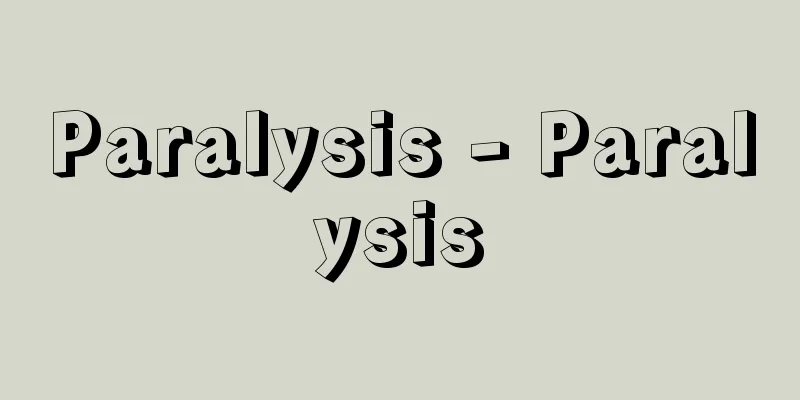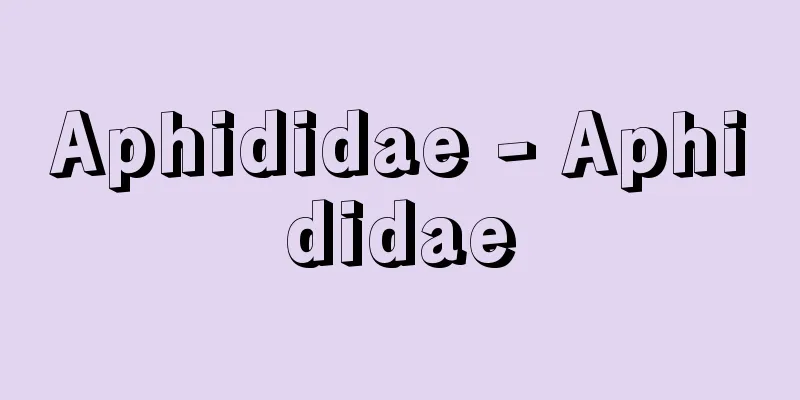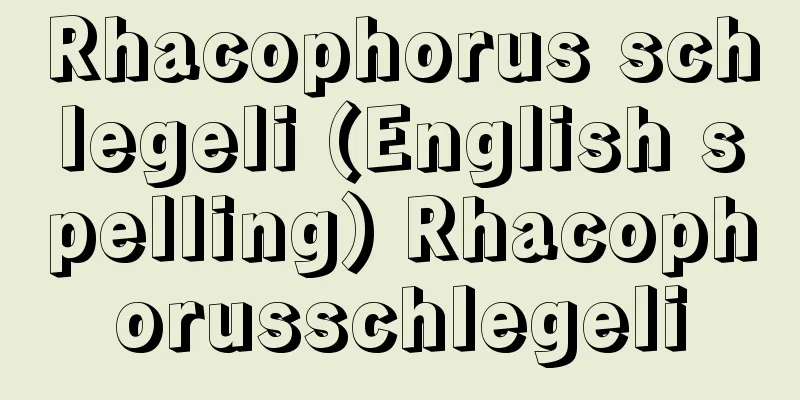Paralysis - Paralysis

|
In vertebrates, movement that is performed by will is called voluntary movement, and is seen in skeletal muscles, and this disorder is called paralysis. Paralysis is classified into complete paralysis and incomplete paralysis depending on the degree of paralysis, and also into hemiplegia if it occurs in one upper or lower limb, and paraplegia if it occurs symmetrically in both upper or lower limbs. Voluntary movement occurs when stimuli are transmitted from the motor cortex of the cerebral cortex through the pyramidal tract, via the cranial nerve nuclei or anterior horn cells of the spinal cord, to the skeletal muscles by the peripheral nerves. For this reason, paralysis is also classified into spastic paralysis, which is accompanied by increased muscle tone and increased deep reflexes due to upper-body disorders, and flaccid paralysis, which is accompanied by decreased muscle tone and weakened or lost reflexes due to disorders of the cranial nerve nuclei or anterior horn cells of the spinal cord and peripheral (i.e. lower) areas, and the site of the disorder can be inferred from the state of paralysis. When paralysis is present, it is necessary to clinically observe muscle weakness, such as grip strength and joint flexion and extension, and abnormalities in the position and posture of the affected area. Polio, also known as infantile paralysis, is an acute poliomyelitis caused by a viral infection, characterized by flaccid paralysis due to lesions in the anterior horn cells of the spinal cord. Cerebral palsy, which occurs as a sequela of damage to developing brain tissue and is accompanied by intellectual disability and convulsions, takes the form of spastic paralysis. In addition to damage to nerve pathways, paralysis can also occur due to damage to the muscles themselves, neuromuscular junctions, or hysteria. Furthermore, there is a term called progressive paralysis, which is synonymous with dementia paralyticum, the main symptom of which is dementia due to neurosyphilis, and trembling paralysis refers to rigidity caused by degenerative lesions in the substantia nigra of the aged brain, and Parkinson's disease, the main symptom of which is tremors. [Yutaka Watanabe] [References] | | | | | | |Source: Shogakukan Encyclopedia Nipponica About Encyclopedia Nipponica Information | Legend |
|
脊椎(せきつい)動物において、意志によって行われる運動を随意運動といい、骨格筋にみられるが、この障害を麻痺とよぶ。麻痺はその程度によって完全麻痺と不全麻痺とに分類されるほか、その部位によって、たとえば一側の上下肢におこれば片(へん)麻痺、両側の上肢または下肢に対称的におこれば対(つい)麻痺などとよばれる。随意運動は、大脳皮質運動領から錐体(すいたい)路を経て、脳神経核あるいは脊髄前角細胞を介して、末梢(まっしょう)神経により骨格筋に刺激が伝達されておこるものである。このため、麻痺はまた、上部の障害によって筋緊張の亢進(こうしん)、深部反射の亢進を伴う痙性(けいせい)麻痺と、脳神経核あるいは脊髄前角細胞、およびそれより末梢(つまり下部)の障害によって筋緊張の減退、反射の減弱、消失を伴う弛緩(しかん)性麻痺とが区別されており、麻痺の状態により障害部位の推測が可能である。麻痺がある場合、臨床的には、握力および関節の屈伸力などの筋肉の脱力状態と、その部の体位、姿勢の異常を観察する必要がある。小児麻痺といわれるポリオは、ウイルス感染による急性灰白脊髄炎で、脊髄前角細胞の病変による弛緩性麻痺を特徴とするが、発育しつつある脳組織が障害された後遺症としておこり、知的障害、けいれんなどを合併する脳性麻痺は痙性麻痺の型をとる。なお、神経路の障害以外に、筋自体や神経筋接合部の障害、またはヒステリーによっても麻痺をおこすことがある。さらに、進行麻痺という用語があるが、これは神経梅毒による認知症を主症状とする麻痺性痴呆(ちほう)と同意語であり、振戦麻痺は老人脳の黒質におこる変性病変に由来する強剛と、ふるえを主徴とするパーキンソン病のことである。 [渡辺 裕] [参照項目] | | | | | | |出典 小学館 日本大百科全書(ニッポニカ)日本大百科全書(ニッポニカ)について 情報 | 凡例 |
Recommend
Steamed Kuya - Kuyamushi
A type of tofu dish. Also called Kuya tofu. Cut t...
Thyroid-stimulating hormone
…Thyroid-stimulating hormone, also known as thyro...
Passiflora grandiflora - Passiflora grandiflora
... There are more than 400 known species of Pass...
Coda - Coda (English spelling) Italian
A musical term. A section added to the end of a p...
Thiamine pyrophosphate
... Deficiency symptoms often cause skin disorder...
Competition design
In addition to the above drawings, architectural ...
Olefins
[Synonyms] Alkene Source: Morikita Publishing &qu...
Eastern Style Two-stringed Instrument - Azuma Ryunigenkin
A type of Japanese music and its instrument. It is...
Crepidiastrum
…A perennial plant of the Asteraceae family that ...
Kabosu, AK - Kabosu
…Against the backdrop of the prosperity of the Ru...
perfect rime
...A simple rhyme is one that rhymes with stresse...
Abuse of the right to prosecute - kosokenranyo
When a prosecutor abuses his/her power to indict (...
Ansgar (English spelling)
801‐865 Archbishop of Hamburg-Bremen, Saint. Durin...
The Magic Lotus
...It features wizards and ghosts, praises braver...
Nanban chickweed - Nanban chickweed
A perennial plant of the Caryophyllaceae family (...



![Akiyama [village] - Akiyama](/upload/images/67cad197ab2c5.webp)





